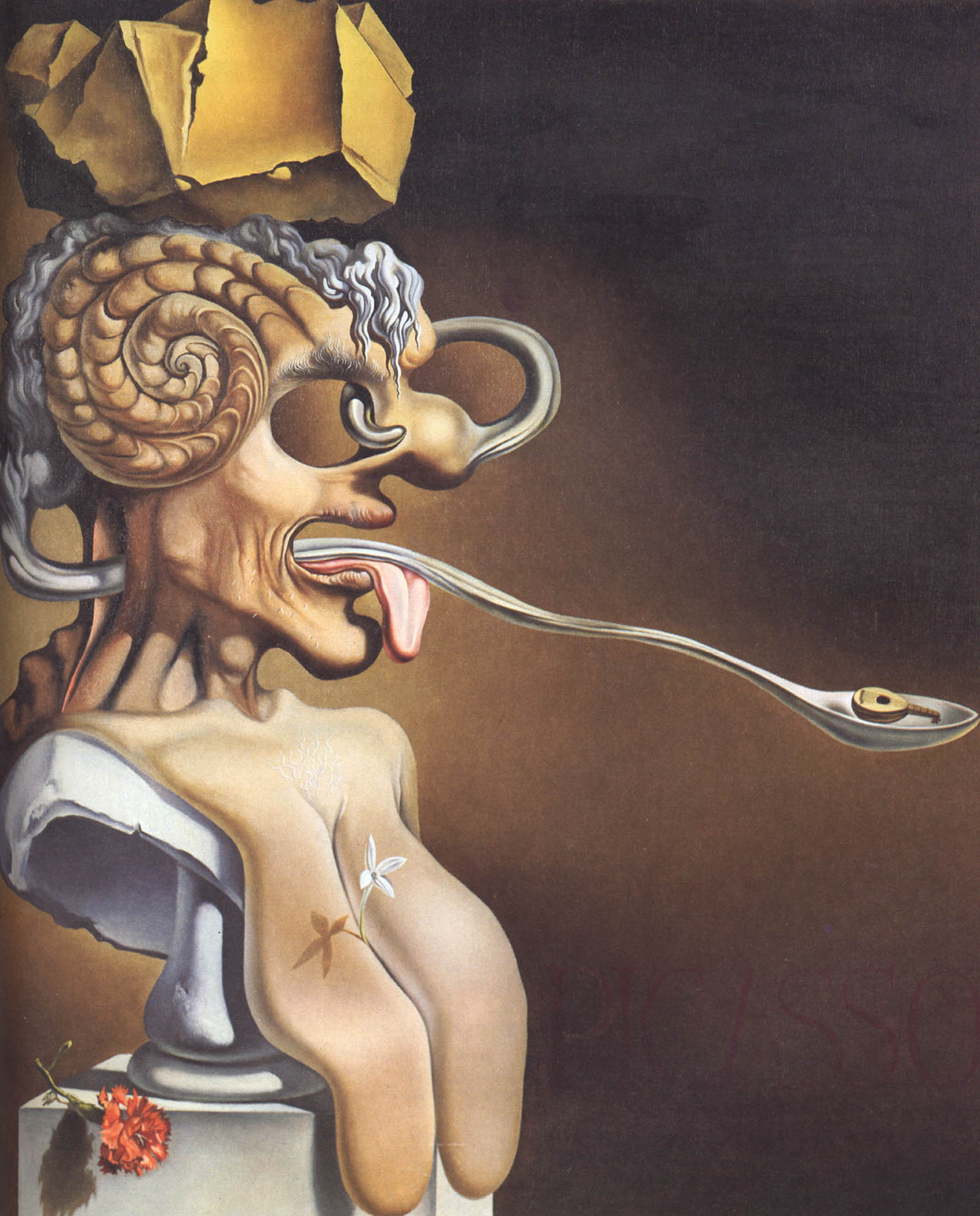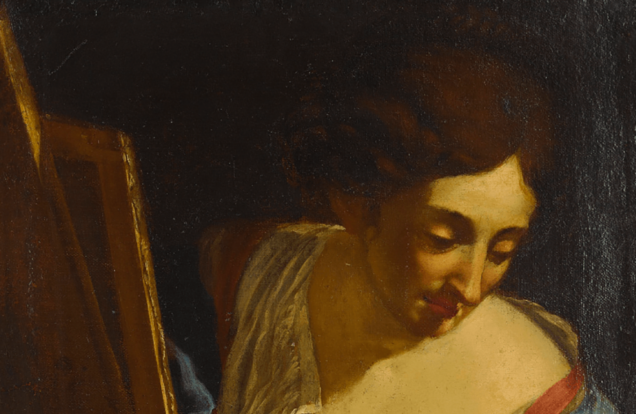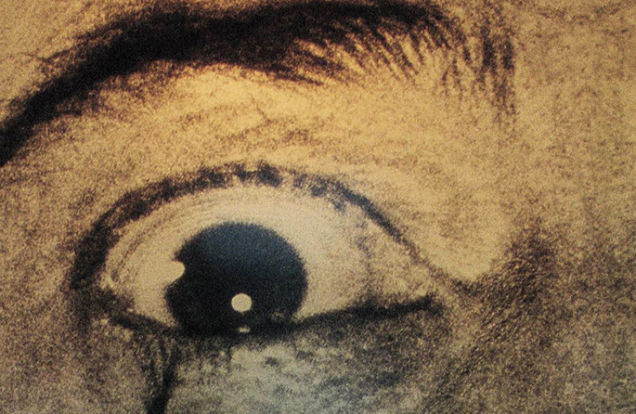DALI’s INSPIRATION
Work Influenced By Other Artists

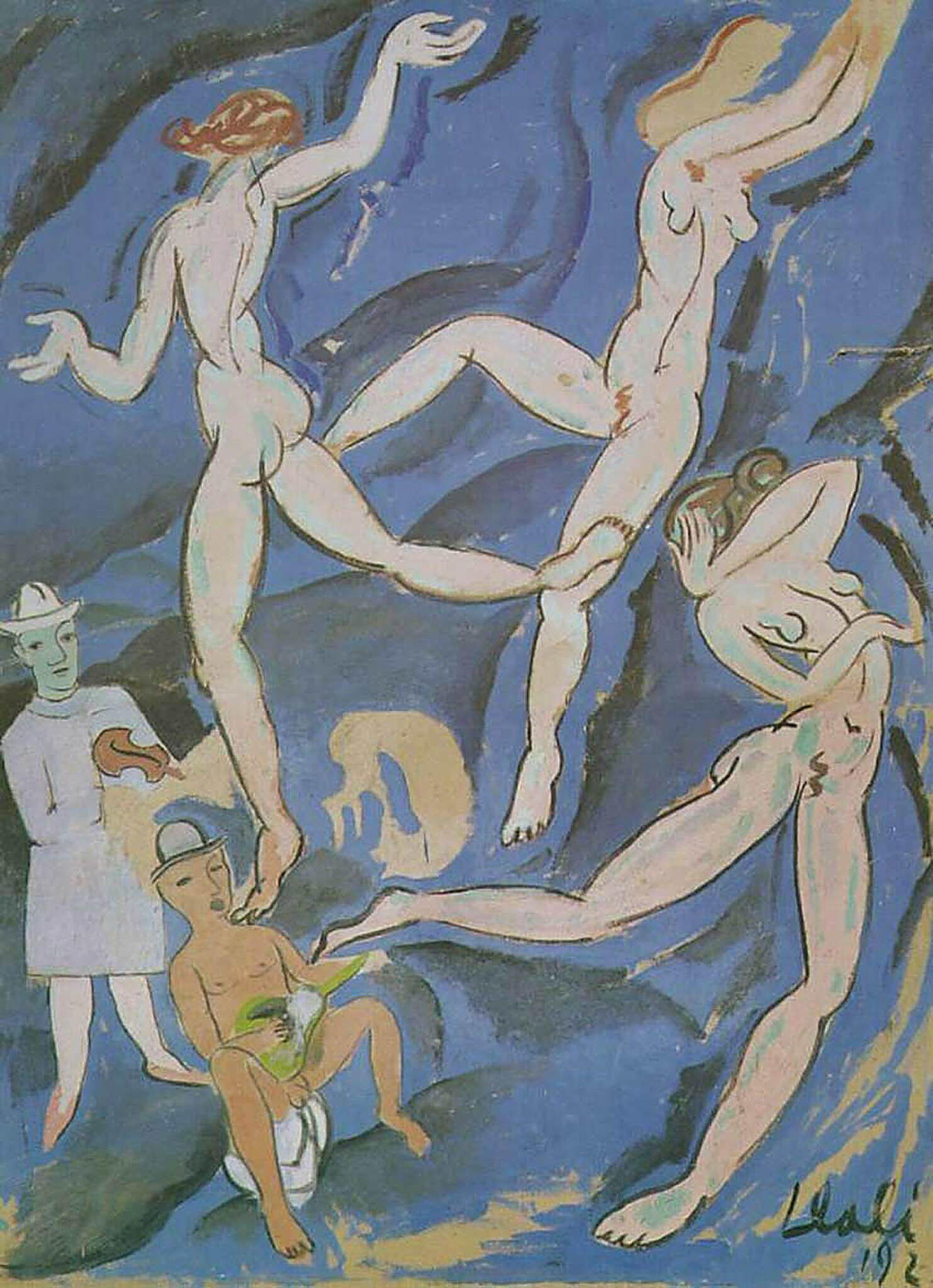
The fascinating Dalí Theatre-Museum is in Figueres, a small town near Spain’s Catalan coast, and about an hour’s drive from Barcelona. It is what you would imagine Salvador Dalí would look like in building-form, and just seeing the exterior is an experience one is unlikely to forget. As I explored it for the first time last summer, I walked into a room that had me confused at first. It was filled with paintings by Dalí, but I could very much sense the presence and styles of other important figures in art history, including Matisse, Raphael, or Juan Gris. Most of the paintings were inspired by other artists and styles, some of which were active before Dalí’s time, and others who were his contemporaries. Below is a selection of some rare works that are clear examples of how the artist from Figueres looked to his fellow creatives for inspiration throughout his career.
SATIRICAL COMPOSITION (1923)
The first painting that caught my eye was Satirical Composition (1923), which is heavily inspired by Henri Matisse’s The Dance (1910). The picture has the same blue background and features three women dancing in a circle (although the figures are not holding hands like Matisse’s piece) and includes two satirical shapes on the lower left side.

THE SMILING VENUS (1921)
Pointillism was a common technique found in Dalí’s work during the early 1920s, but this is not a style typically associated with him. A painting like The Smiling Venus (1921) looks like it could be attributed to a Pointillism master such as Georges Seurat. Additionally, the foreground’s naked female figure may be a sarcastic interpretation of Giorgione’s Venus. However, the figure in Catalan artist Joaquim Sunyer’s painting Pastoral (1910-1911) could also have been the inspiration, which could indicate that this is a satirical interpretation of the aesthetics of the Catalan Noucentisme movement.
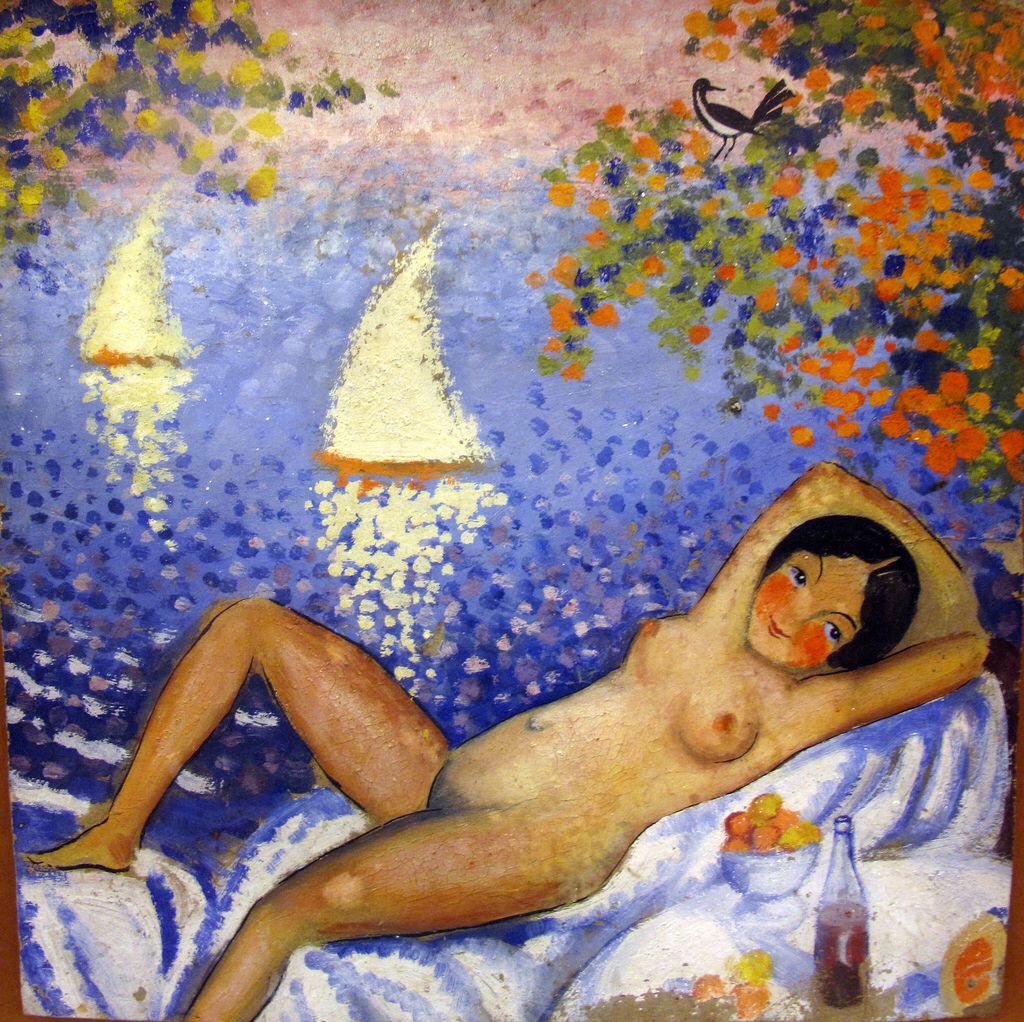
TWO GIRLS (1922)
Two Girls (1922) is a painting that also stood out to me as vastly different from the kind of work I am used to seeing by Dalí. The bright colors he is known for are missing from this piece, and the rounded figures are reminiscent of Fernand Léger’s style, who was producing works Dalí could have been inspired by around the same time.
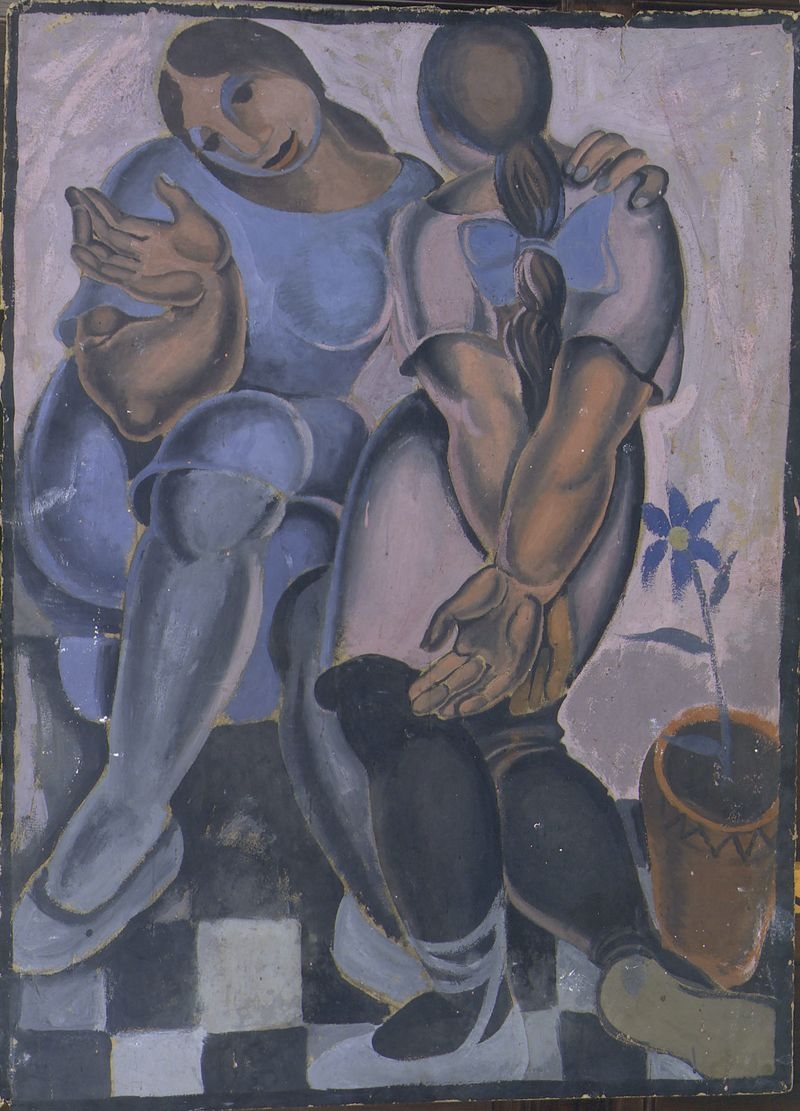
SELF-PORTRAIT WITH “L’HUMANITÉ” (1923)
Dalí used a cutting from the communist newspaper L’Humanité to create this self-portrait, where he portrays himself as a worker, attracted to the idea of rebellion. He made many self-portraits at the time, and this one is said to be heavily inspired by Rafael Barradas when it comes to style and technique. Dali accentuates different facial features to emphasize that he is the subject of the painting. However, his famous mustache is missing because he created it during his younger years.
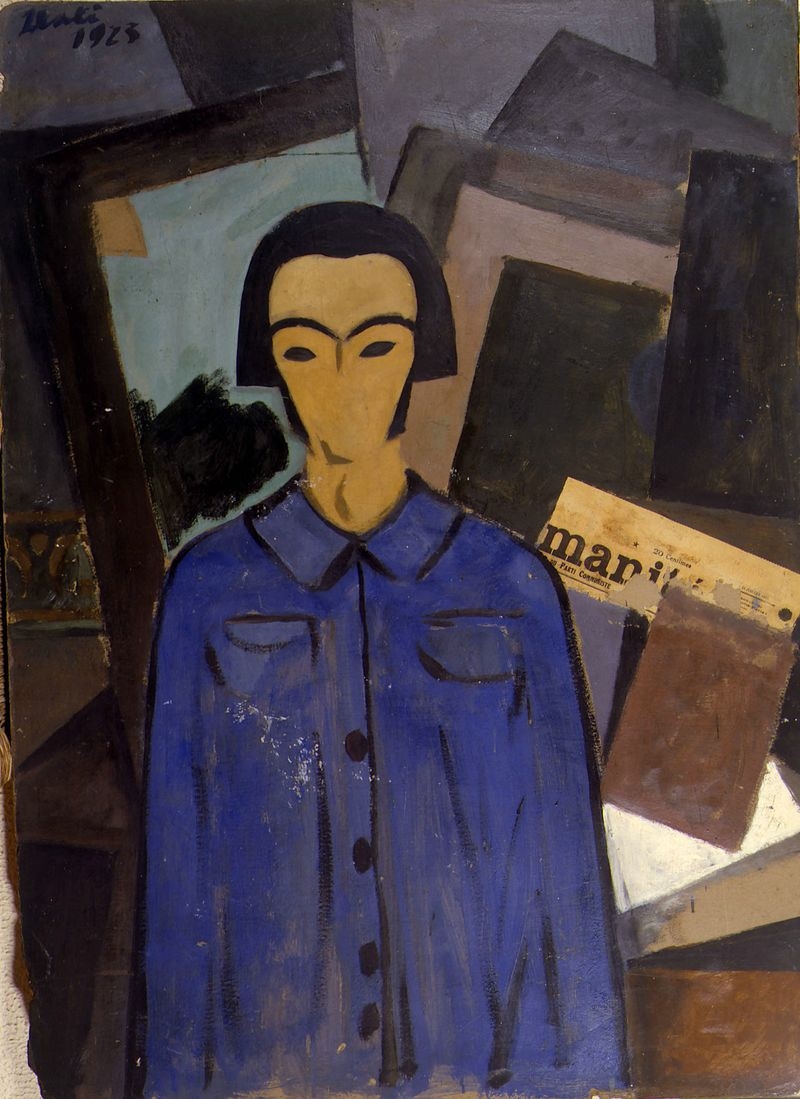
GALARINA (1945)
Galarina (1945) is a tribute to the great master Raphael. Started in 1944, it is a stunning portrait of Dalí’s long-time partner Gala, and it took him six months to complete the project. Dalí stated: “I called it Galarina because Gala is to me what La Fornarina was to Raphael. And, without any premeditation, here again we have…the bread! A rigorous and keen-eyed analysis will show that Gala’s crossed arms are like the interwoven wicker of the breadbasket, and her breast, the crust of bread. I have already painted Gala with two lamb chops on her shoulder, as an expression of my subconscious desire to devour her. That was the age of the imagination’s raw meat. Today, now that Gala has risen in the heraldic hierarchy of my nobility, she has become my basket of bread”.
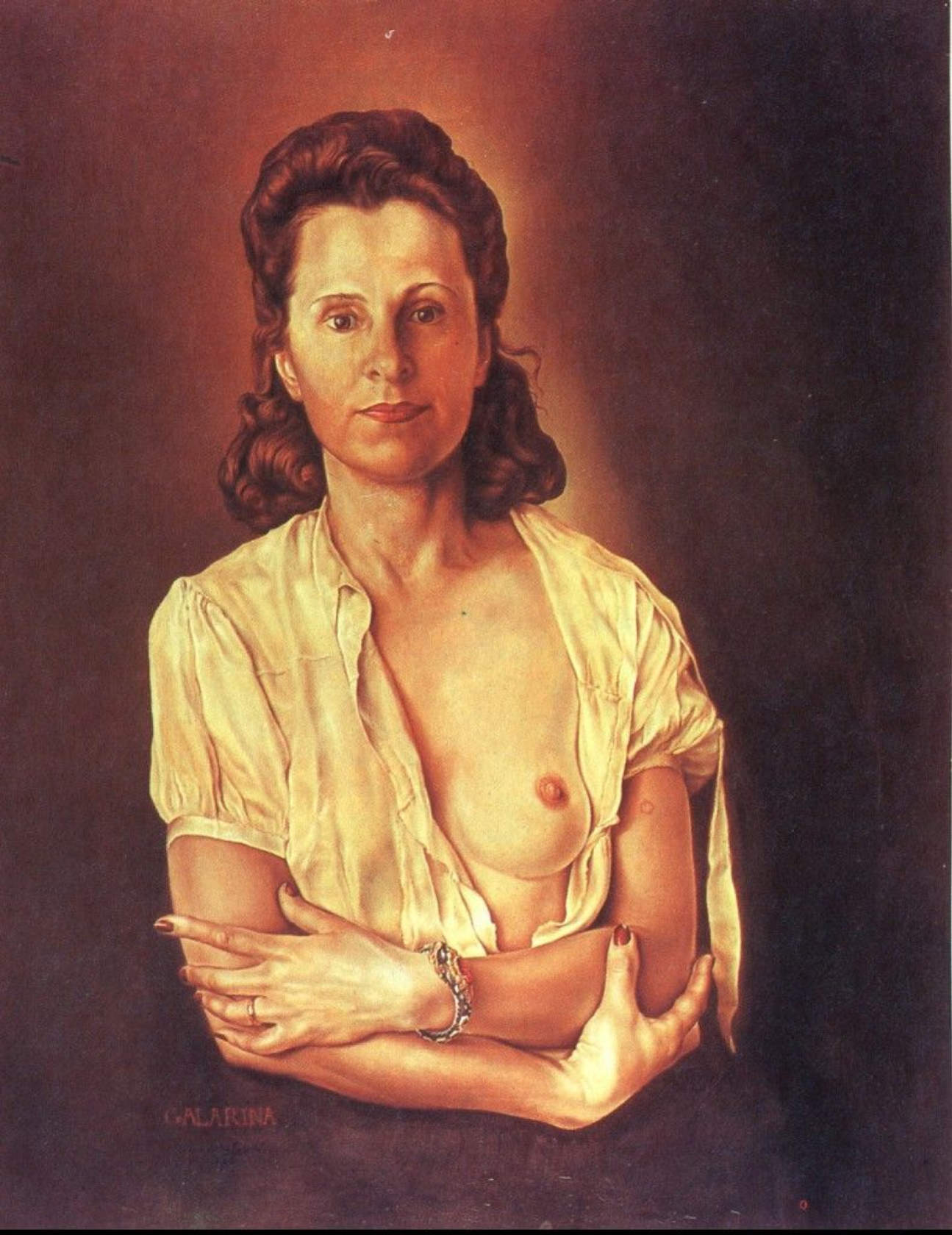
PORT ALGUER (1923)
This painting shows Cadaqués, the Catalan beach town where Dali owned a house. It is a work that combines several different styles the artist was exploring during this highly experimental period.
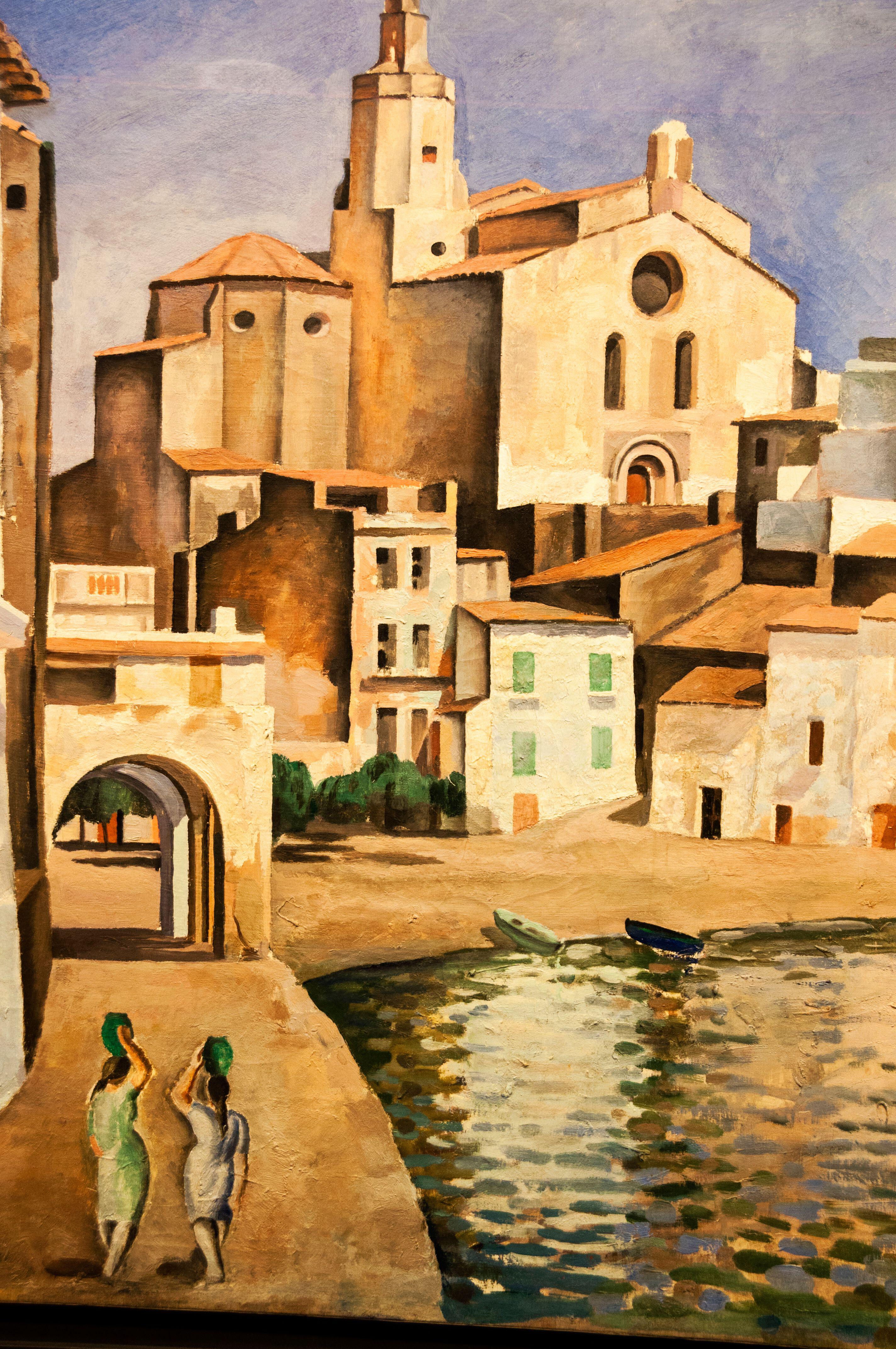
PURIST STILL LIFE (1924)
Highly influenced by Juan Gris, it is a clear example of the artist’s experimentation with Cubism.
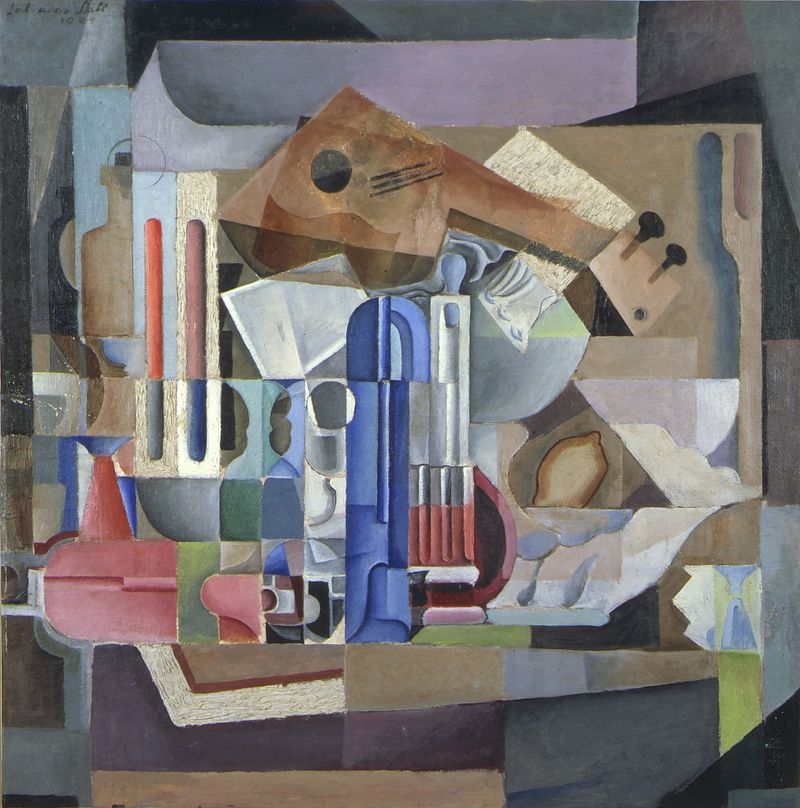
PORTRAIT OF PABLO PICASSO IN THE TWENTY-FIRST CENTURY (1947)
Although made in Dalí’s signature Surrealist style, this piece showcases his admiration for fellow artist Pablo Picasso. It portrays his colleague as a genius and uses symbolism that alludes to intellectualism and greatness. It also underscores the horror and sentimentalism present in Picasso’s work. The portrait was one of Dalí’s best.
